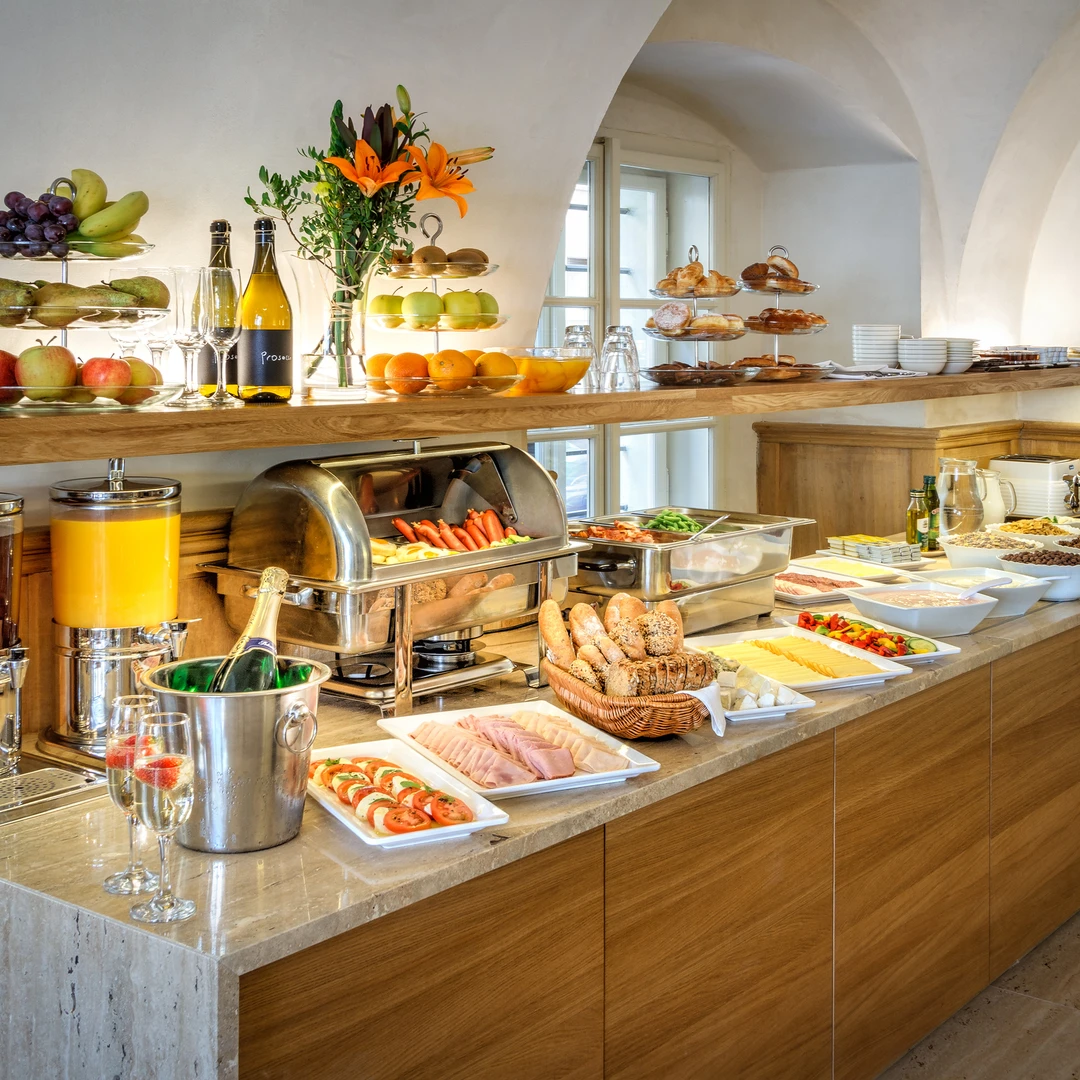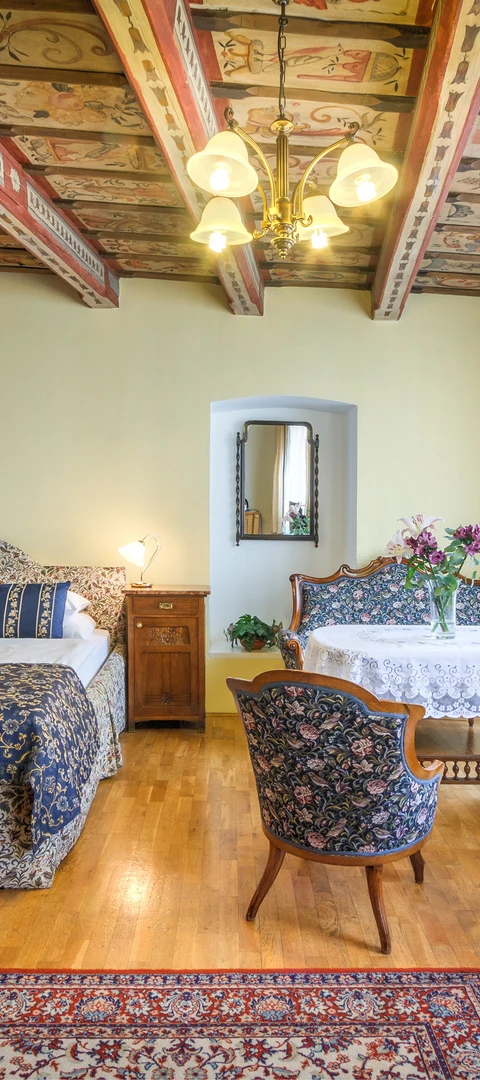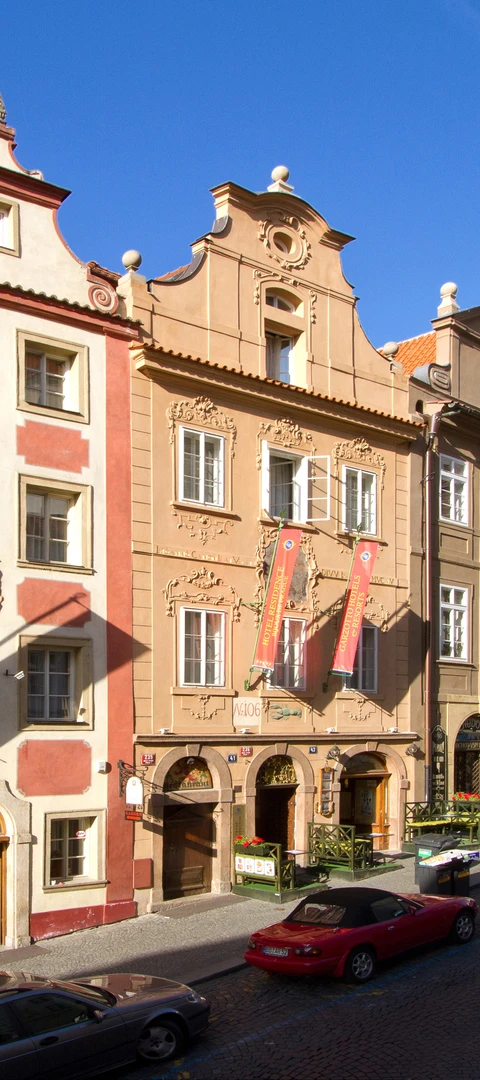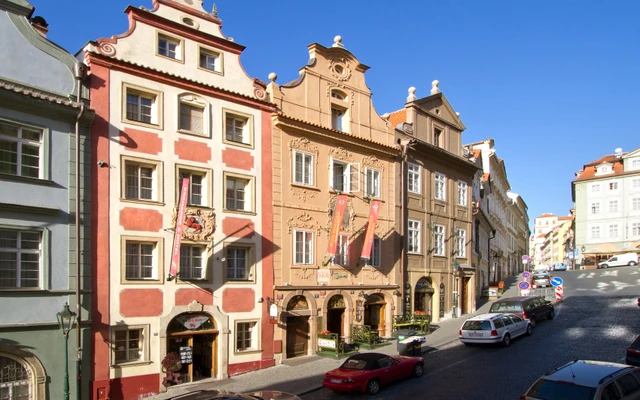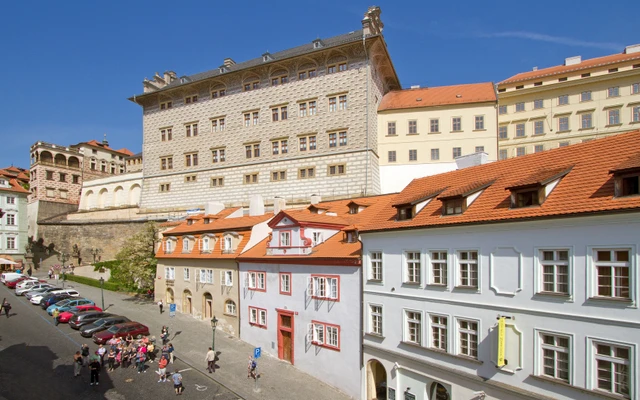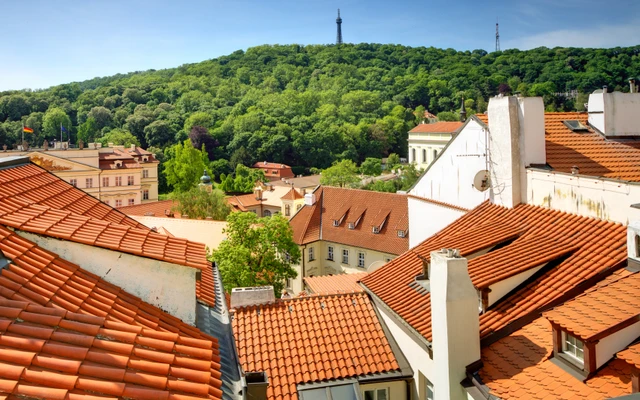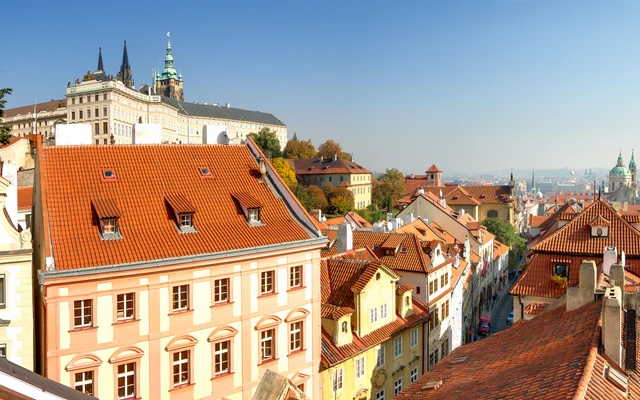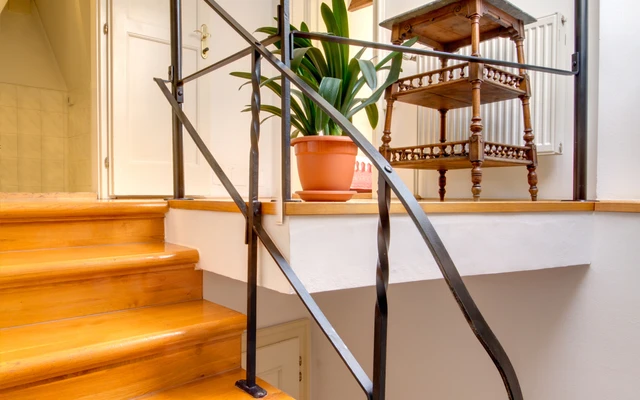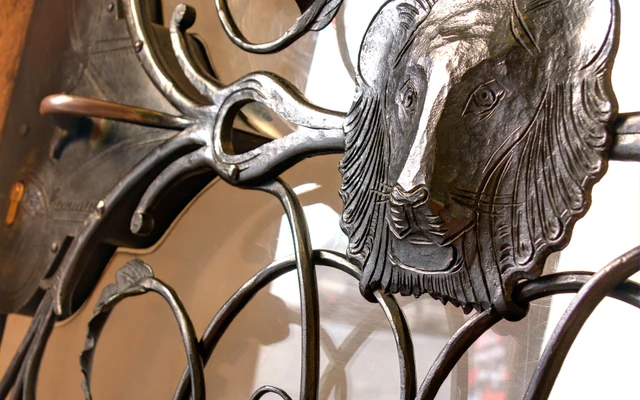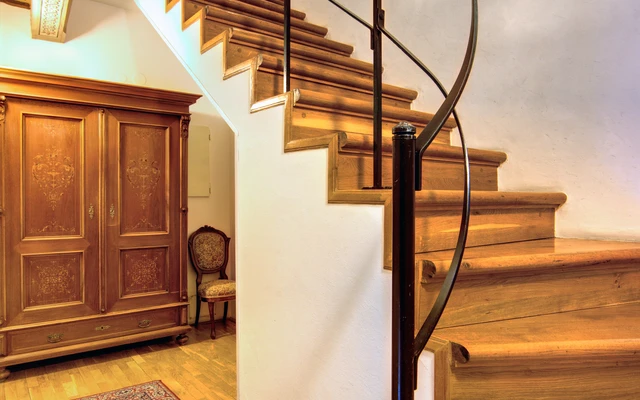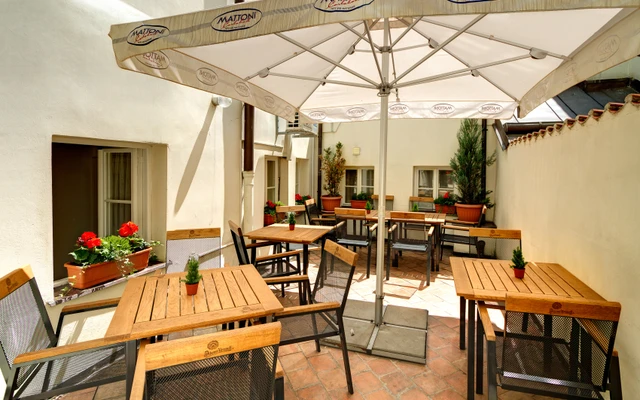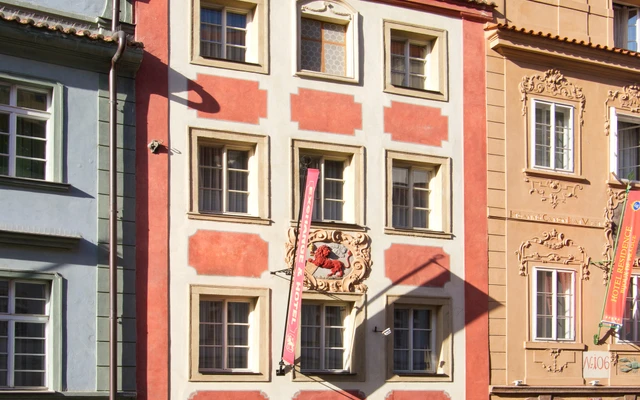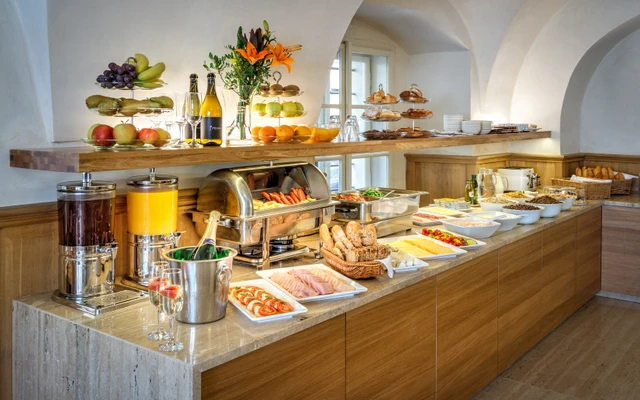![]() Special offer - 10% discount for all direct bookings, use promo code AVE
Special offer - 10% discount for all direct bookings, use promo code AVE
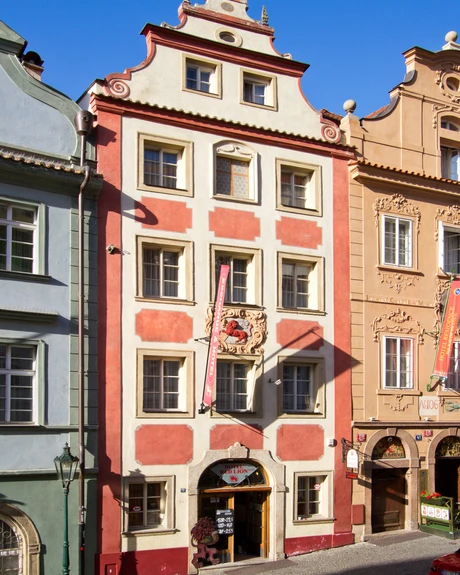
Hotel Red Lion residing in the building of the historical burgher house located in the heart of Prague directly on the Royal Mile in the vicinity of the main entrance to the Prague Castle and only a few minutes' walk from the Charles Bridge.
The first historical records of the building come from the 15th century. Its cellars have kept their Gothic features and now house a restaurant with a wine bar, while the Renaissance period is represented by painted beam ceilings in the restaurant and in some rooms. An extensive reconstruction that took place from 1994 to 1995 saw all historical elements renovated and complemented by luxurious furniture of the modern times. Authenticity of the building is emphasized by original pieces of antique furniture carefully chosen to match the personality of each room.
Due to the historical monument protection there is no lift in the building. All rooms are accessible only by stairs.
Rooms
- Free WIFI
- Flat-screen TV
- Minibar
- Safety deposit box
- Tea and coffee making facilities
- Hairdryer
- Desk, Armchair, Wardrobe
- Telephone
- Non-smoking
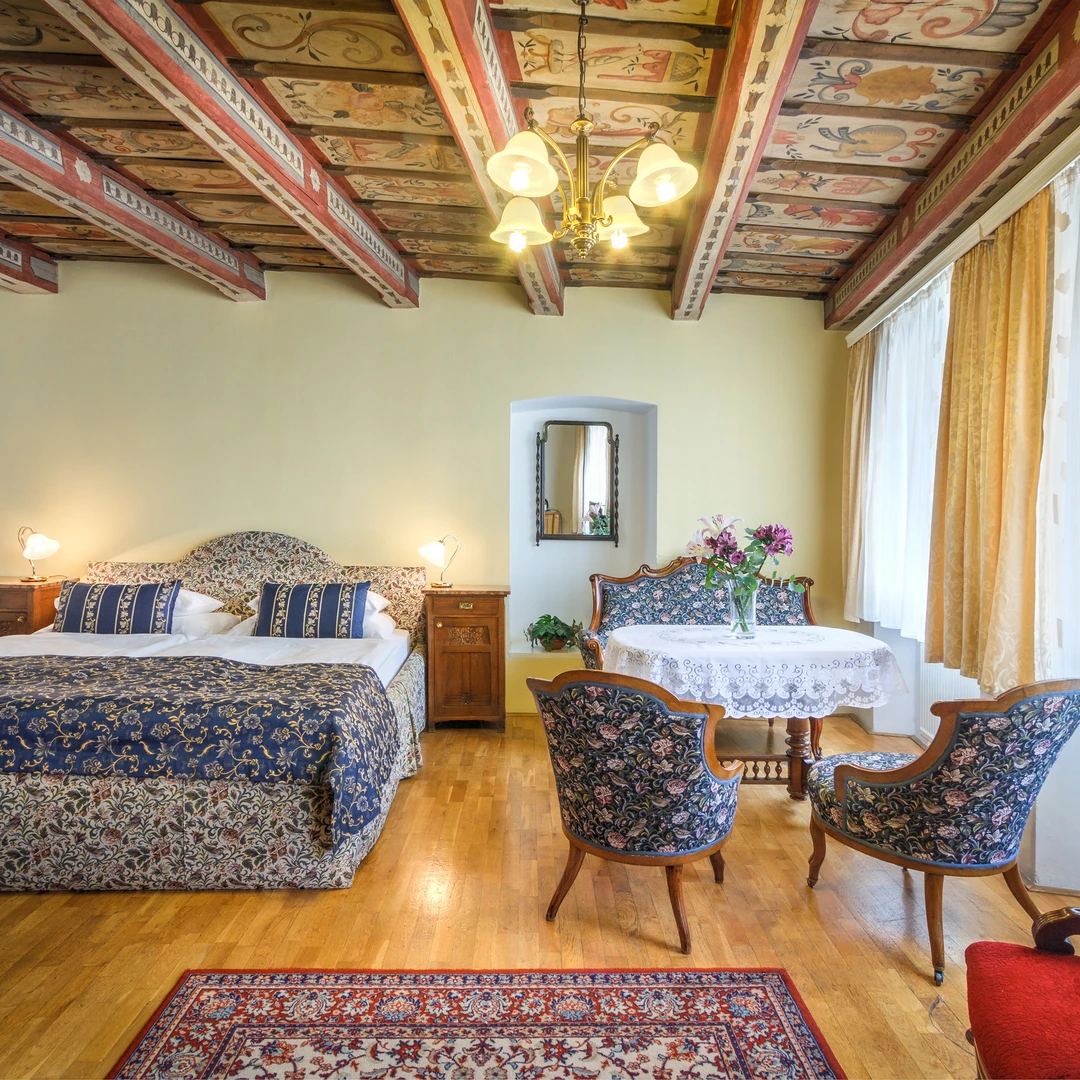
Services and useful information
- 8 comfortably equipped rooms
- Reception 24h (at Hotel Golden Star, Nerudova 48, 60m)
- Hot and cold buffet breakfast (at Hotel Golden Star, Nerudova 48, 60m)
- Luggage storage (Hotel Golden Star, Nerudova 48)
- Free WiFi Internet in the entire hotel
- Exchange services
- There is no lift in the hotel
- Suitable for families with children
